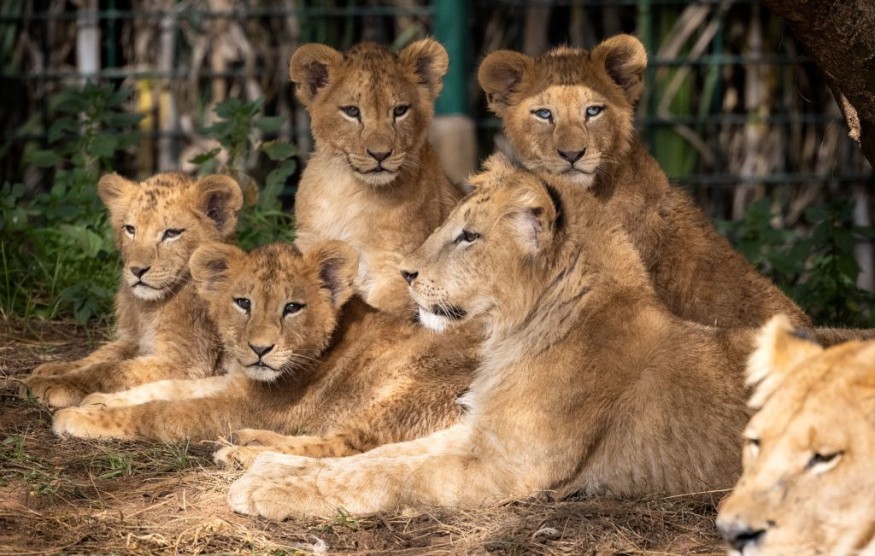At a hunting camp in Zambia over a decade ago, UCLA biologist Paula White was puzzled by the heavy skull of a trophy-hunted lion. Zambia allows limited hunting in certain areas to fund national conservation programs, and White assesses how hunting affects conservation efforts. They had permission to examine the trophy skull and skin.
Currently, only about 23,000 wild lions (Panthera leo) remain, and leopards (Panthera pardus) are thought to be extinct in 23 of the original 85 habitat countries.
The main threats to African lions and leopards are human activities such as poaching, invasion of protected areas, conflicts with locals, and declining prey population due to the wildlife meat trade.
Wire snares and shotgun pellets used by poachers
As per Phys.org, Wiresnares are traps used to poach bushmeat and control carnivores. They pose a double threat to lions and leopards by reducing prey populations and inadvertently catching large carnivores.
Shotgun pellets pose a threat to large predators. Wildlife officials and locals use shotguns with buckshot ammunition (made of lead balls) to ward off predators. If the projectile hits the animal's eyes or face, it can cause serious injury and the pellets can remain embedded in the skull, causing lead poisoning.
Examining Lions to determine injuries due to snares

Paula White, director of the Zambia Lion Project and a senior research fellow with the Center for Tropical Research at UCLA's Institute of the Environment and Sustainability, said that "It was an odd mix of thrilling to figure out the cause of the notches and horrifying to realize that so many animals had been entangled in a snare at some point in their lives," according to ScienceDaily.
Effective monitoring and quantification of non-fatal injuries from trap and shotgun bullets is difficult, and reported cases are likely to be underreported. Paula White and her colleague Blaire Van Valkenburgh, professor emerita of ecology and evolutionary biology looked to previously untapped data sources to better quantify poaching and human-wildlife collisions.
White explained that in their study of age-related natural wear and tear, and natural cranial trauma for another study, they found abnormal tooth wear confirmed by the diagnosis of wire loop damage and an old bullet lodged in the skull.
The sad findings in their examination
According to ScienceDaily, from 2007 to 2012, White crossed Zambia to examine and photograph the skulls, teeth, and fur of lions and leopards. They examined White's photographs of 112 lions and 45 leopards in two wildlife sanctuaries in Zambia, the Luangwa Valley (LV) and the Greater Kafue ecosystem (GKE)
According to a study published today in the Journal Frontiers in Conservation Science,they found that 37% of lions and 22% of leopards had snare scars and tooth scars. The incidence of snare damage was found more often in animals from GKE than in animals from LV.
As published by Phys.org, Evidence of shotgun bullet wounds was found only in lions, with 27% of individuals sampled having shotgun bullets lodged in their skulls. GKE lions had a higher incidence than LV lions. Dual wounds including trap damage and bullet damage are found in 16% of GKE lions and 7% of LV lions.
Related Article: Poaching Threatens South Africa's Rare Desert Plants
© 2025 NatureWorldNews.com All rights reserved. Do not reproduce without permission.





